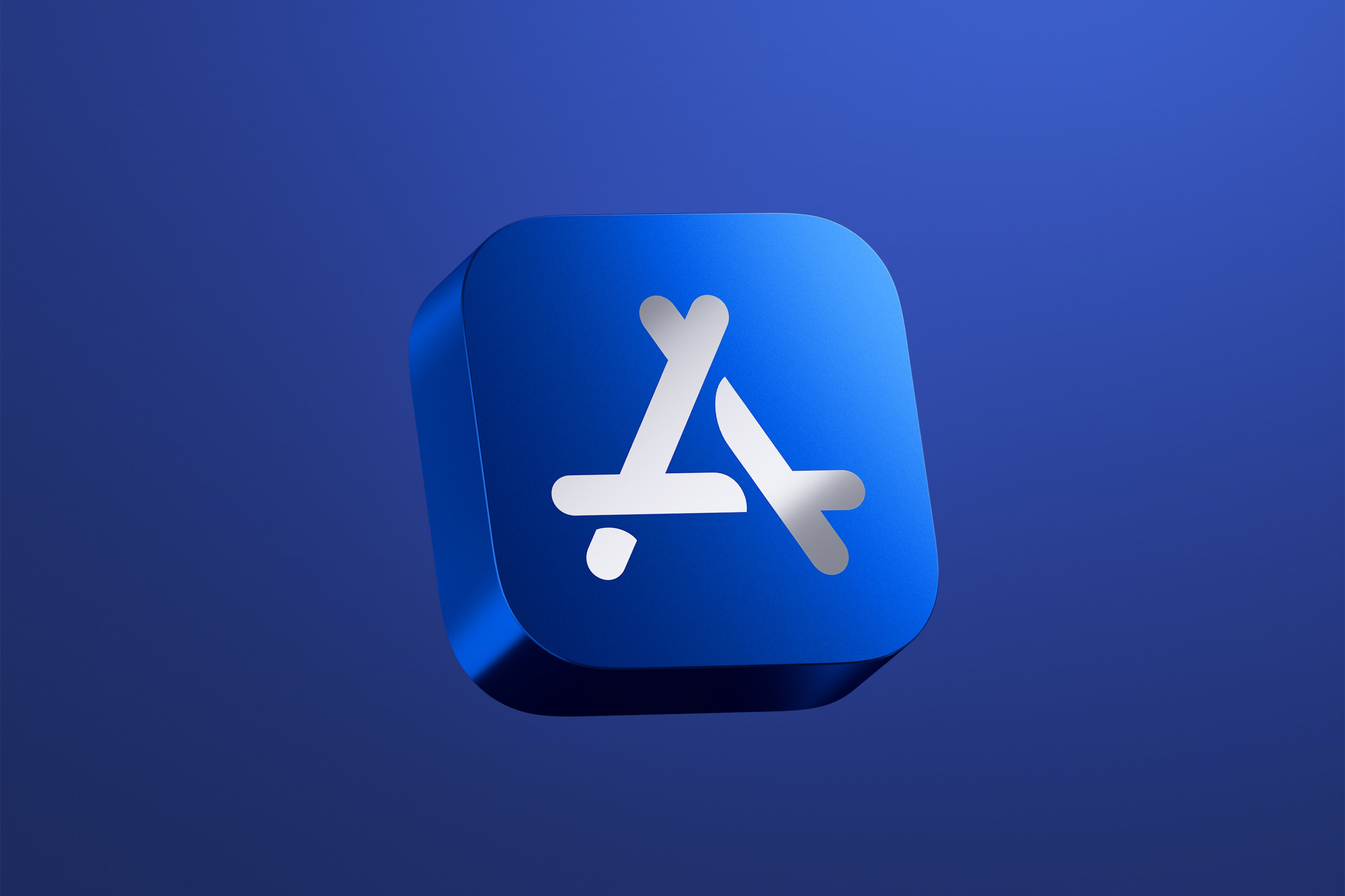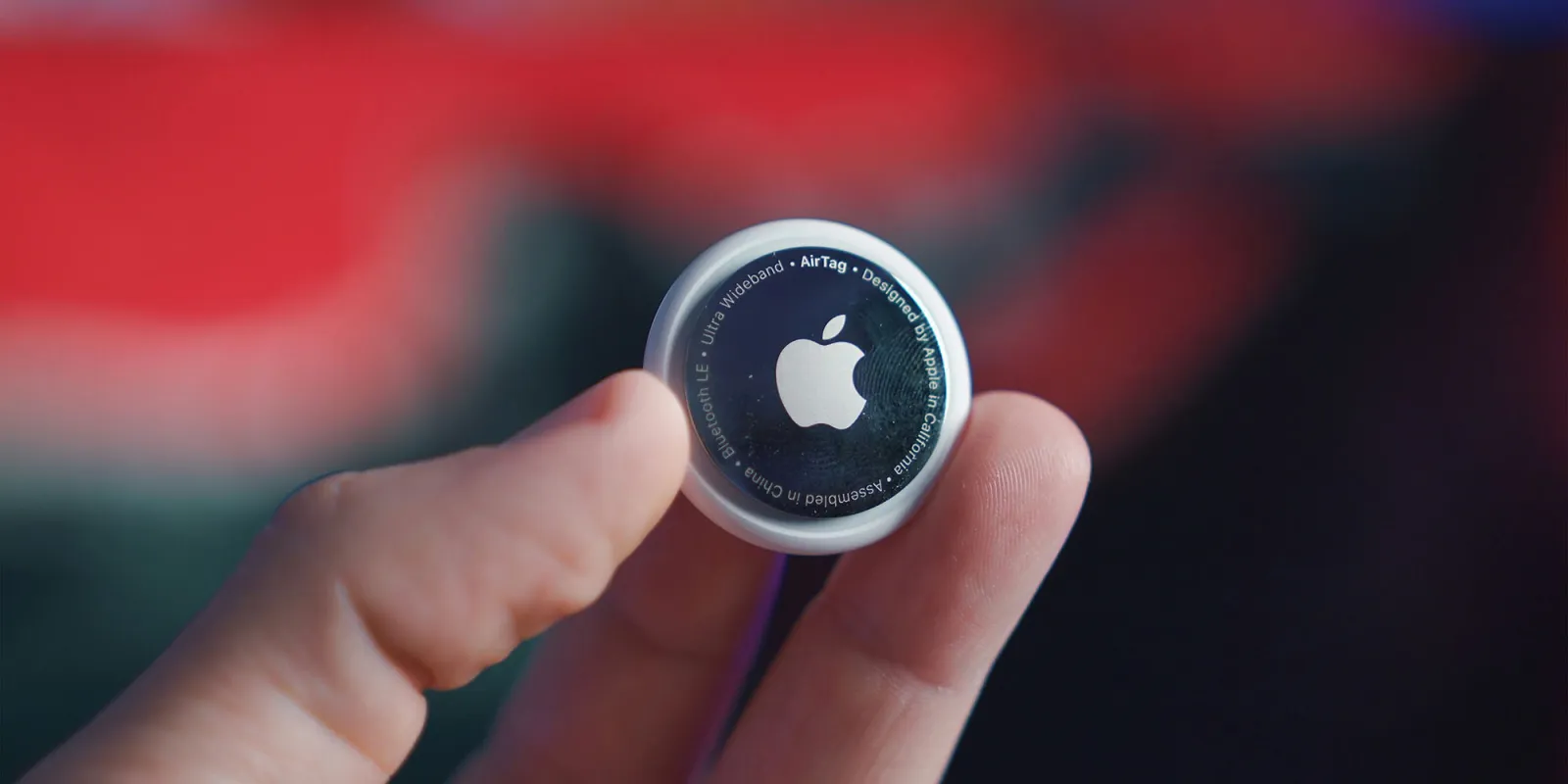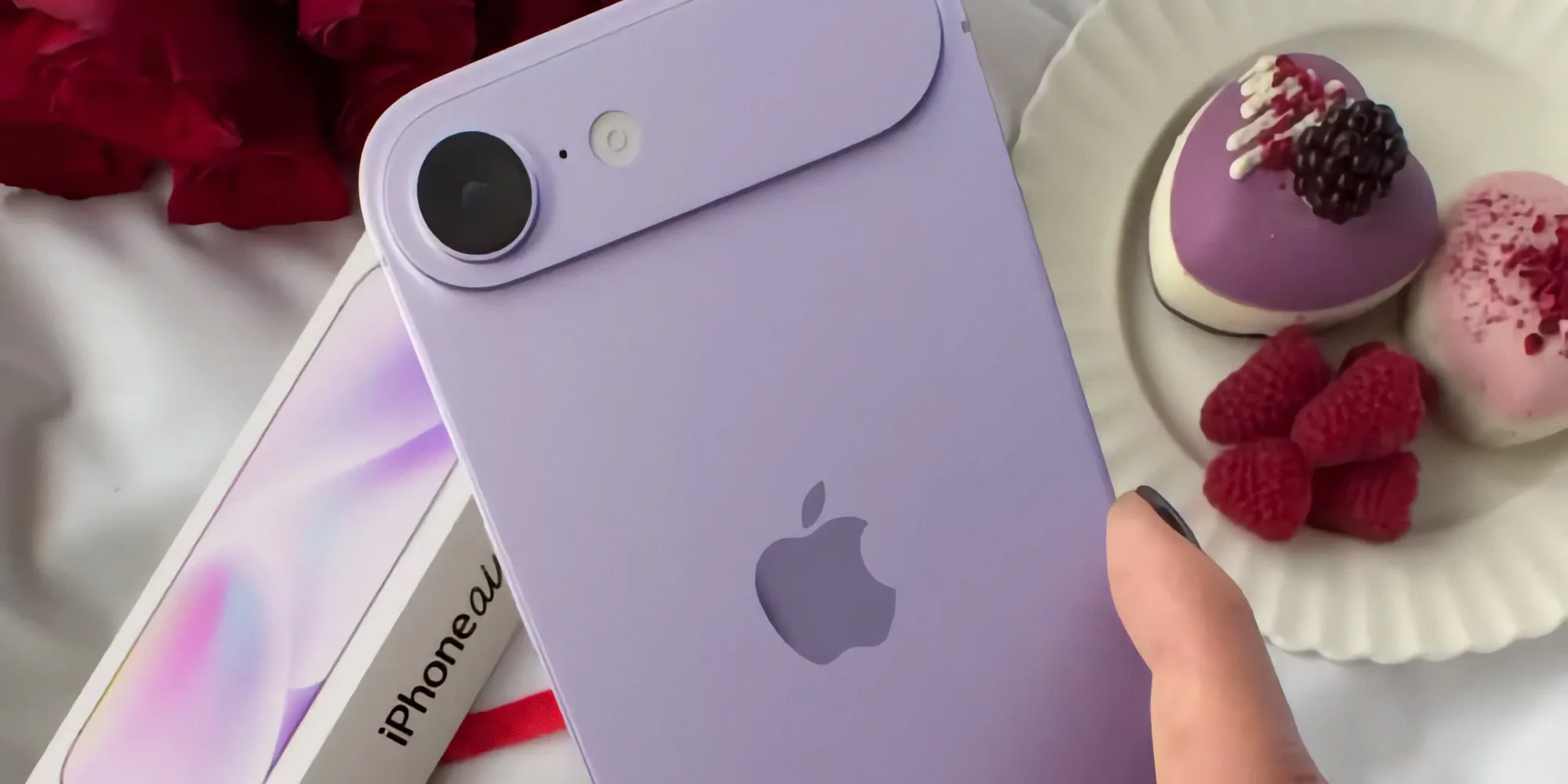Apple just finished a busy week of showing off new stuff, but it’s not done yet! Two exciting products are set to arrive this spring. Let’s take a look at what’s on the way.
AirTag 2: The Next Step for Apple’s Tracker
The first AirTag came out nearly four years ago, back in early 2021. Over time, Apple has added better privacy features and small updates through software. But now, it’s time for a real upgrade with new hardware.
The word is that AirTag 2 will show up around May or June. People say it’ll have three big improvements:
- A stronger signal to find it from farther away
- A fresh wireless chip
- Better privacy protection
We don’t know all the details yet, but one privacy boost stands out: Apple plans to make the speaker tougher to take out. This should stop people from using it in sneaky ways, like tracking someone without permission.
‘HomePad’: A Cool New Smart Screen for Your Home
The product I’m most excited about in 2025 is Apple’s ‘HomePad’—a brand-new smart display. It was supposed to come out in March, but now it’s looking more like April or later. HomePad will fit right in with Apple TV 4K and HomePod, kicking off a fresh category for Apple’s home gadgets.
It’ll run on a new system called homeOS, blending handy tools like widgets, home controls, and apps such as Photos, Music, and Notes. You’ll have everything you need right at your fingertips around the house. There were big plans for Siri upgrades with HomePad, but Apple says those might wait. So, they could launch it first and add the fancy Siri stuff later.
Wrapping Up Apple’s Spring Plans
Apple’s already had a big year with the iPhone 16e, M4 MacBook Air, Mac Studio, M3 iPad Air, and A16 iPad. Now, AirTag 2 and HomePad will keep the excitement going this spring. After that, Apple’s fall lineup—like the iPhone 17 Air, Apple Watch Ultra 3, and AirPods Pro 3—will take center stage. It’s shaping up to be a packed year!








